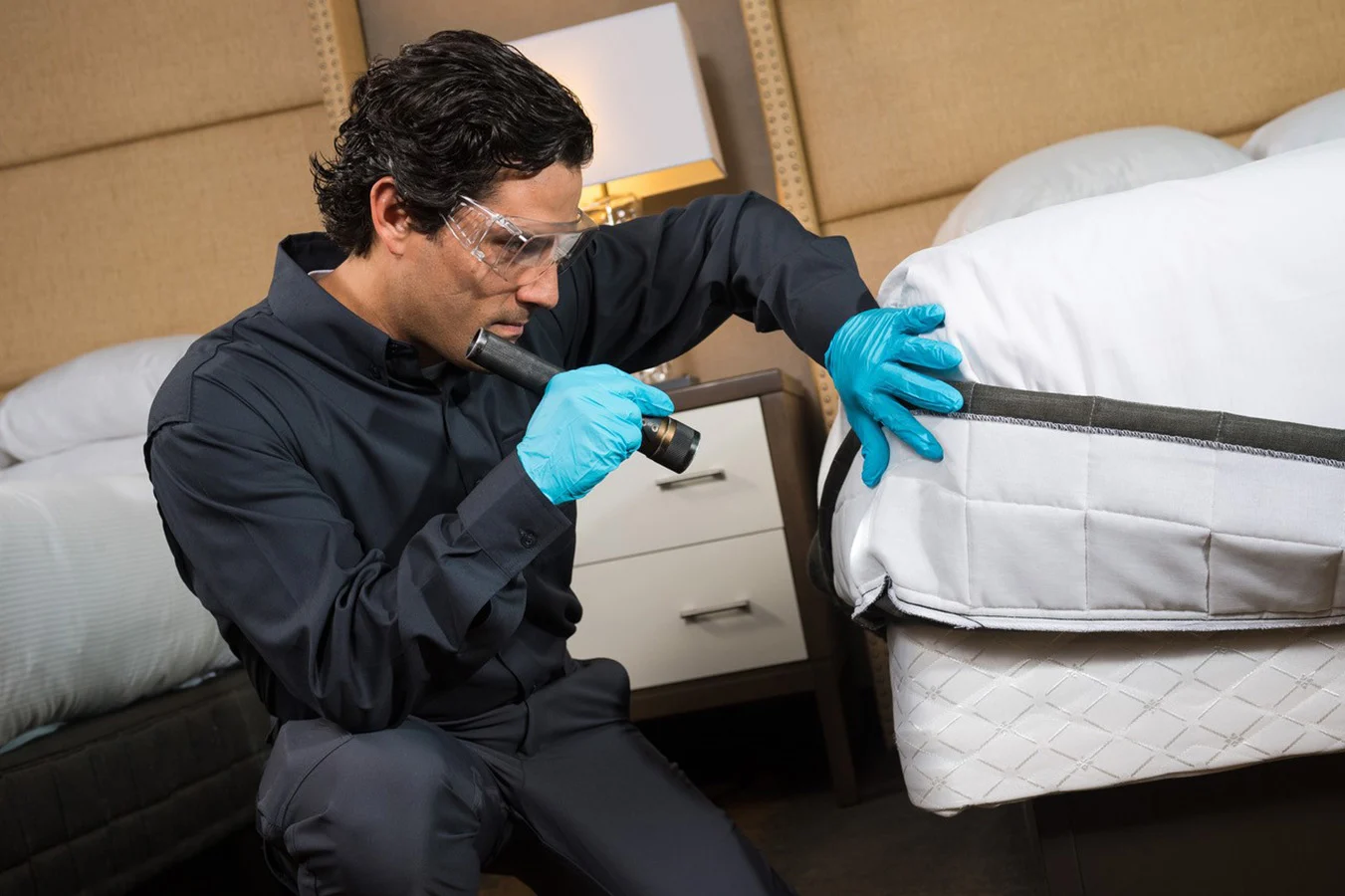How Hotels Use Pest Monitoring to Pass Inspections Efficiently
Share
In the competitive world of hospitality, maintaining a pristine environment is paramount for a hotel's reputation and continued success. Among the various challenges hotels face, pest control remains a critical aspect. Understanding how hotels use pest monitoring to pass inspections is crucial, as it not only ensures compliance with health regulations but also protects the brand image. In this article, we will delve into the strategies that hotels employ to monitor and manage pests effectively.

The Importance of Pest Monitoring in Hotels
Hotels, with their bustling activities and diverse environments, are particularly susceptible to pest infestations. The presence of pests can lead to failed health inspections, negative reviews, and potential loss of business. Consequently, pest monitoring has become an integral part of hotel operations. It allows hotels to detect potential infestations early and take swift action to resolve them.
Regular monitoring is crucial as it provides data that helps in understanding pest activity patterns. Hotels often rely on professional pest control services to conduct routine inspections and implement monitoring systems. These systems often utilize state-of-the-art technology, such as sensors and digital traps, to provide real-time insights into pest activity.
Technological Advancements in Pest Monitoring
With advancements in technology, pest monitoring has become more efficient and accurate. Many hotels have adopted integrated pest management (IPM) systems, which combine various techniques to control pest populations effectively. These systems are designed to be proactive rather than reactive, focusing on prevention and early detection.
For instance, some hotels use digital traps equipped with sensors that provide real-time notifications of pest activity. This allows hotel staff to address issues promptly before they escalate. Additionally, data collected from these systems can be analyzed to identify trends and develop more effective pest control strategies.
Case Study: Successful Pest Control in Hotels
A great example of successful pest monitoring can be seen in how some hotels have implemented robust systems to protect sensitive areas such as food storage. By actively monitoring these zones, hotels can ensure they meet health standards and avoid contamination. You can read more about these practices on how hotels monitor pests near food storage.
Challenges in Pest Monitoring
Despite the benefits, pest monitoring in hotels also presents several challenges. The dynamic nature of hotel environments, with constant guest turnover and varying activities, can make it difficult to maintain consistent monitoring efforts. Additionally, certain pests can adapt to control measures over time, necessitating ongoing adjustments to strategies.
Another challenge is the integration of pest monitoring systems with existing hotel operations. Ensuring that staff are trained and aware of pest management protocols is essential for the success of any monitoring program. Hotels must also balance the costs associated with these systems with their overall budget constraints.
Training and Education
Training hotel staff is critical in the fight against pests. Employees should be educated about the importance of reporting sightings and maintaining cleanliness standards. By fostering a culture of vigilance and proactive management, hotels can significantly reduce the risk of infestations.
Moreover, regular training sessions can help staff stay updated on the latest pest control technologies and methods. This knowledge empowers them to act swiftly and efficiently in the event of a pest sighting.
Benefits of Effective Pest Monitoring
Implementing a robust pest monitoring system offers numerous benefits for hotels. Firstly, it ensures compliance with health and safety regulations, thereby reducing the risk of fines and legal issues. Secondly, it protects the hotel's reputation by preventing negative reviews and maintaining high standards of cleanliness.
Moreover, effective pest monitoring can lead to long-term cost savings. By preventing infestations, hotels can avoid costly damage to property and furnishings. Additionally, satisfied guests are more likely to return and recommend the hotel to others, driving revenue and enhancing the hotel's brand image.
External Resources
For more information on the significance of pest control in the hospitality industry, you can visit Clairvoyant UAE and USX Pest. These resources offer insights into how effective pest management can enhance hotel operations.
Conclusion
In conclusion, understanding how hotels use pest monitoring to pass inspections is vital for maintaining a successful hospitality business. By leveraging technology, training staff, and implementing comprehensive monitoring systems, hotels can effectively manage pest populations, ensuring a clean and inviting environment for guests. As the industry continues to evolve, staying informed about the latest pest control techniques is essential for hotel managers and staff.

FAQ
Why is pest monitoring critical for hotels?
Pest monitoring is crucial for hotels to ensure compliance with health regulations and maintain a positive reputation. It helps detect potential infestations early, preventing costly damage and negative guest experiences.
How do hotels monitor pests in sensitive areas?
Hotels employ various techniques, such as digital traps and sensors, to monitor pests in sensitive areas like food storage and HVAC systems. This proactive approach helps prevent contamination and ensures compliance with health standards. Learn more about these techniques on how hotels monitor for pests in HVAC systems.
What are the benefits of using technology in pest monitoring?
Technology enhances pest monitoring by providing real-time data and insights into pest activity. This allows hotels to respond swiftly to issues, ultimately reducing the risk of infestations and maintaining a clean environment for guests.
